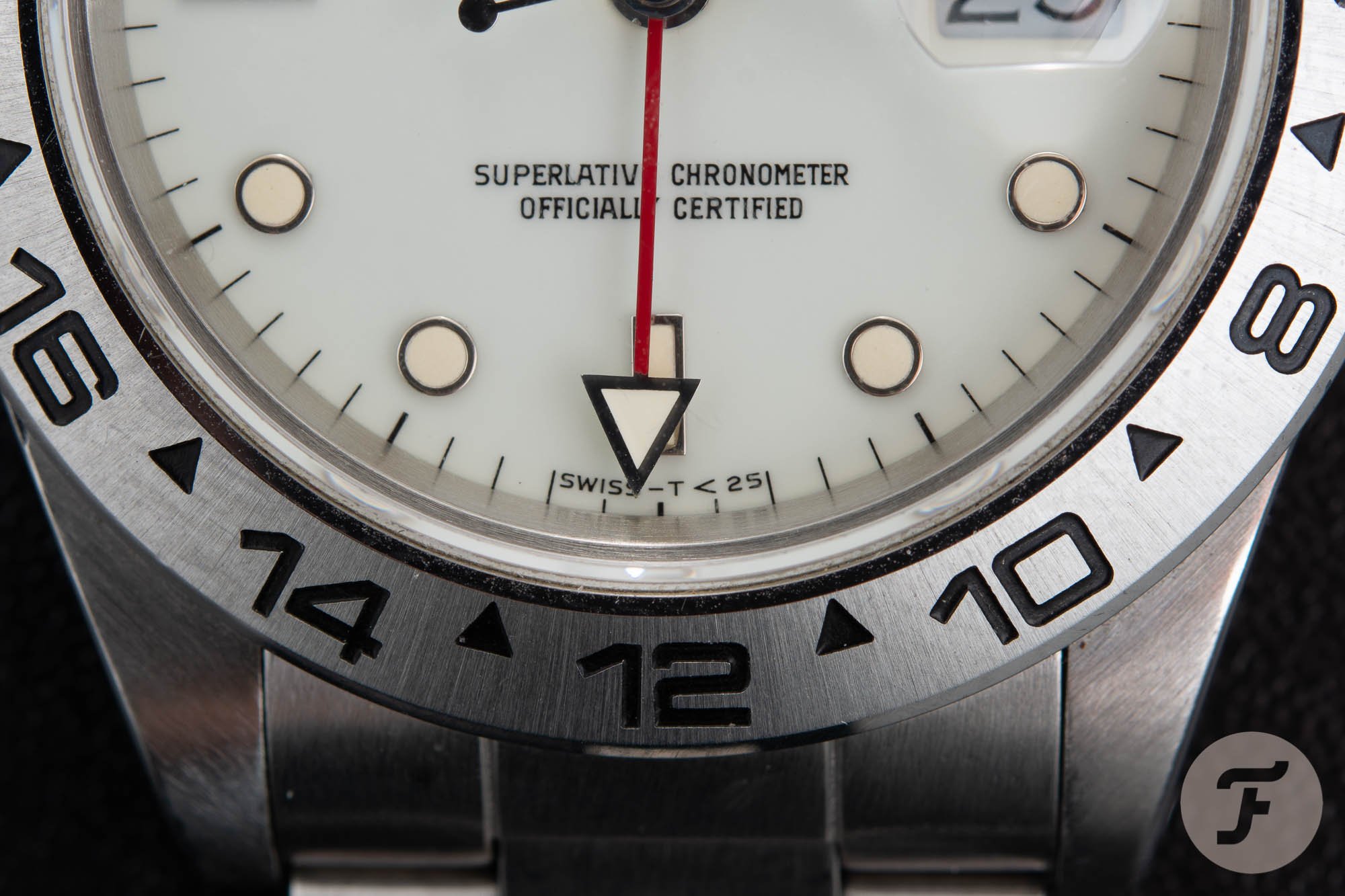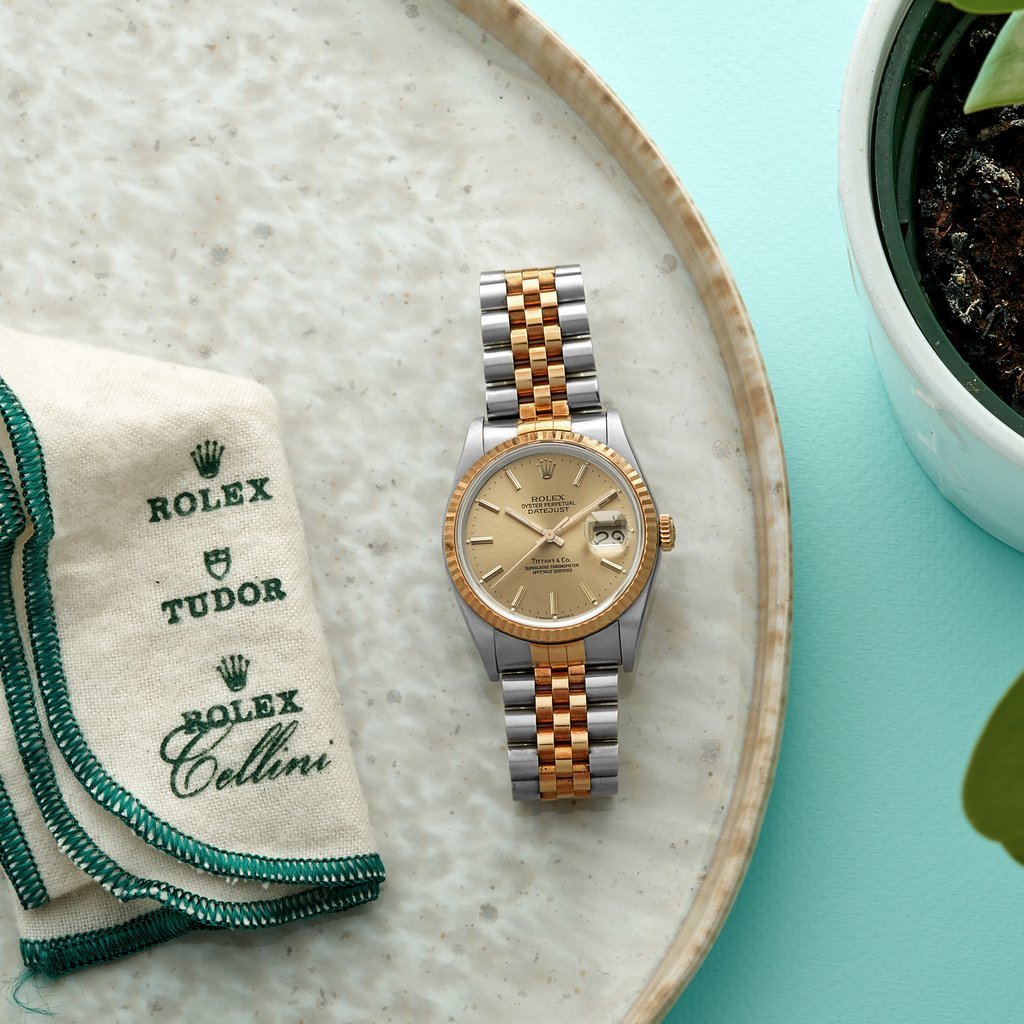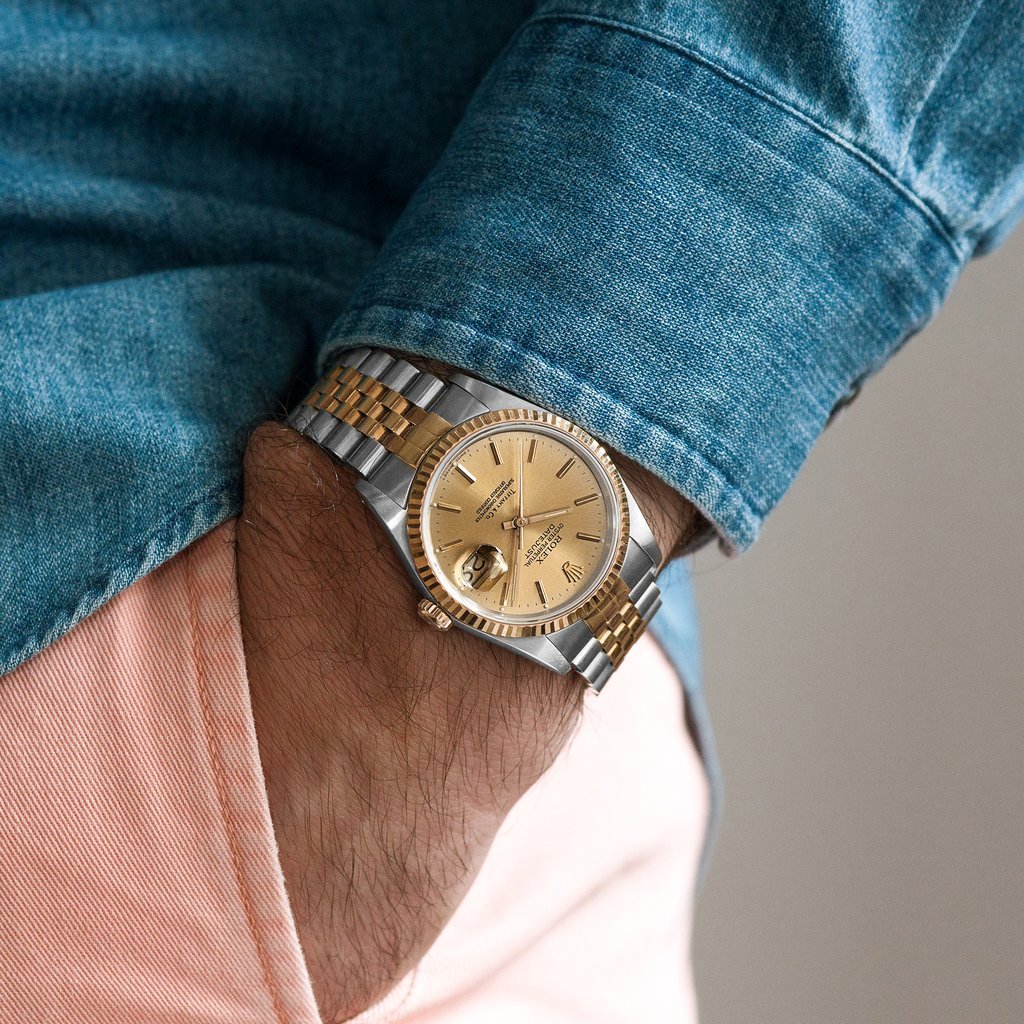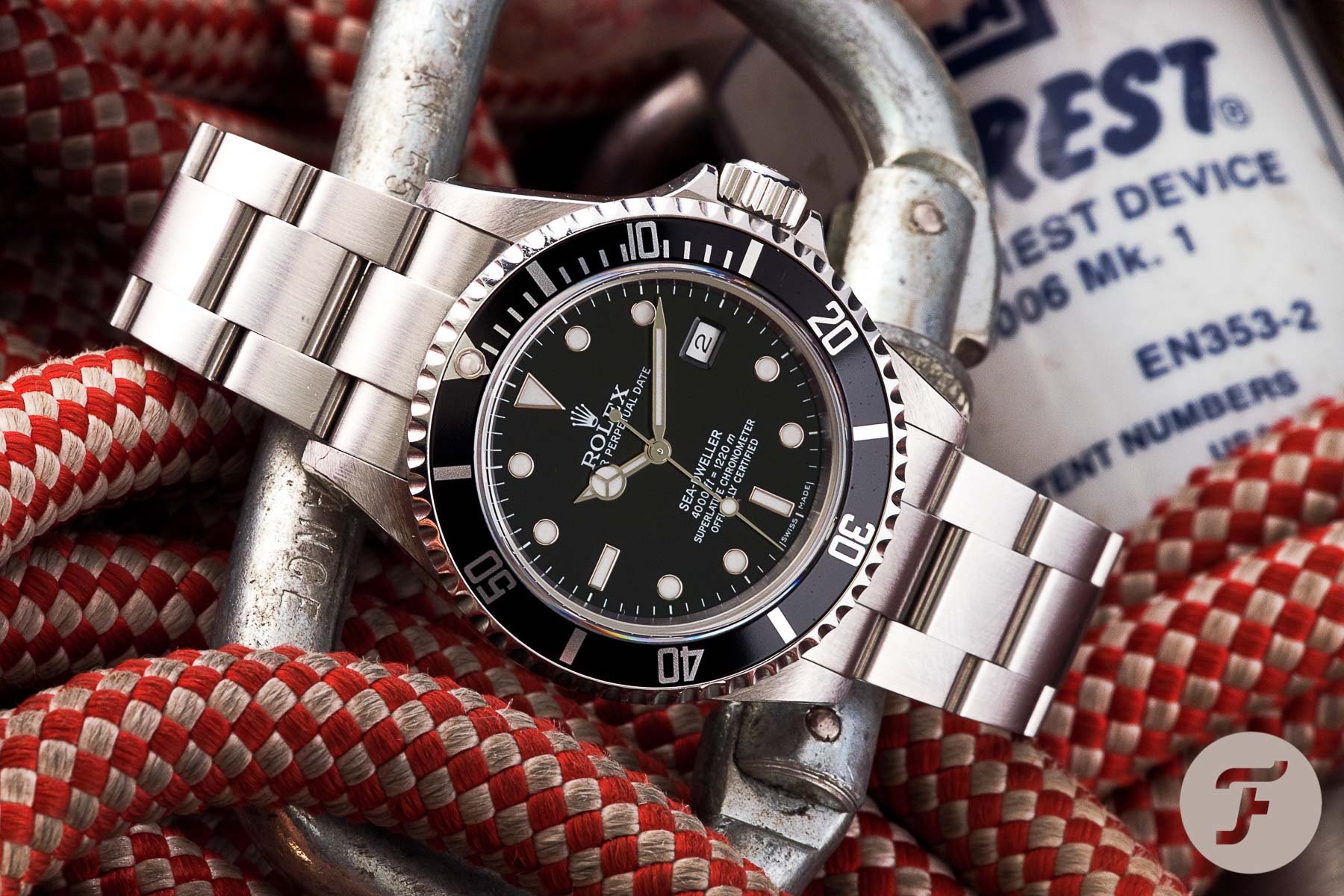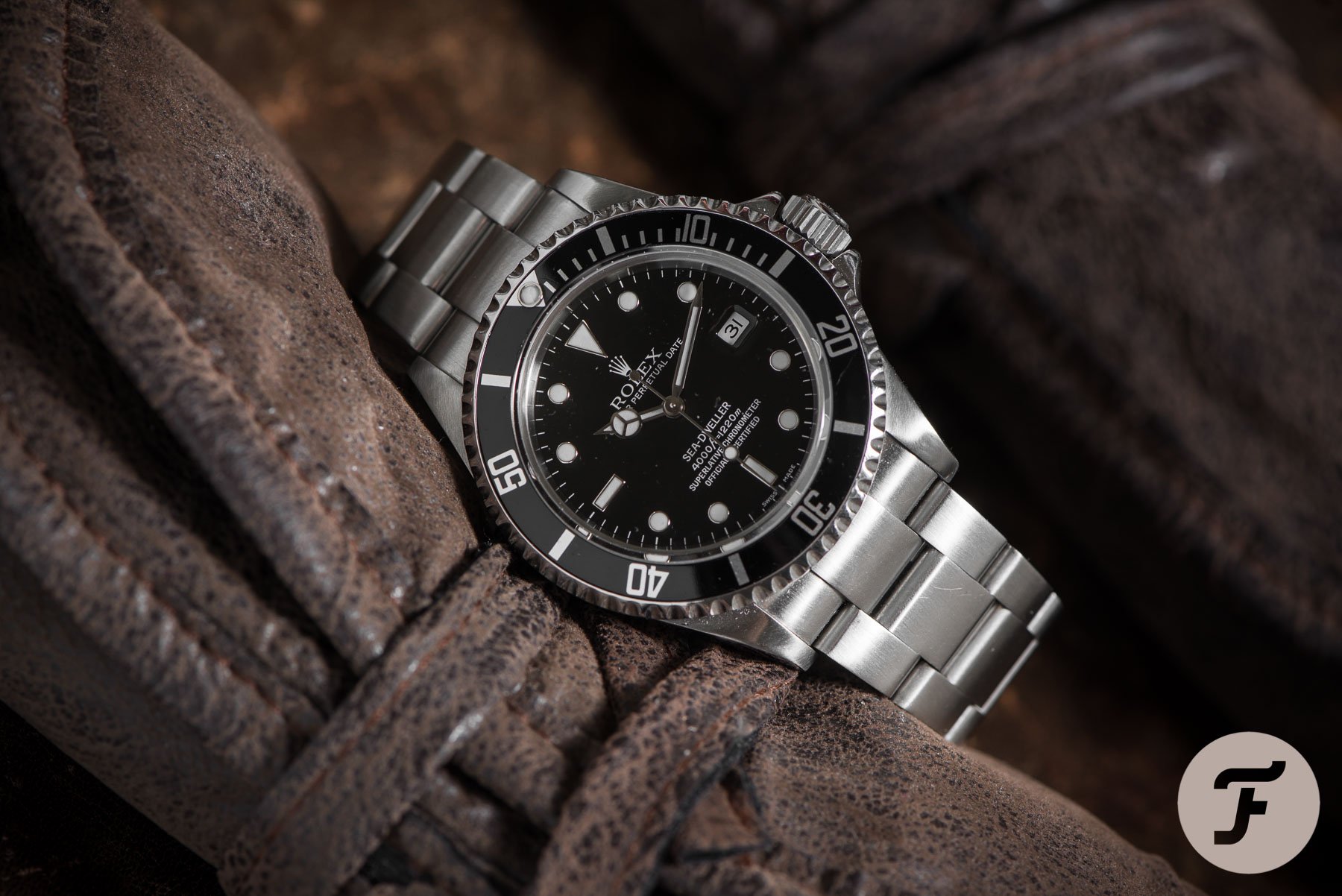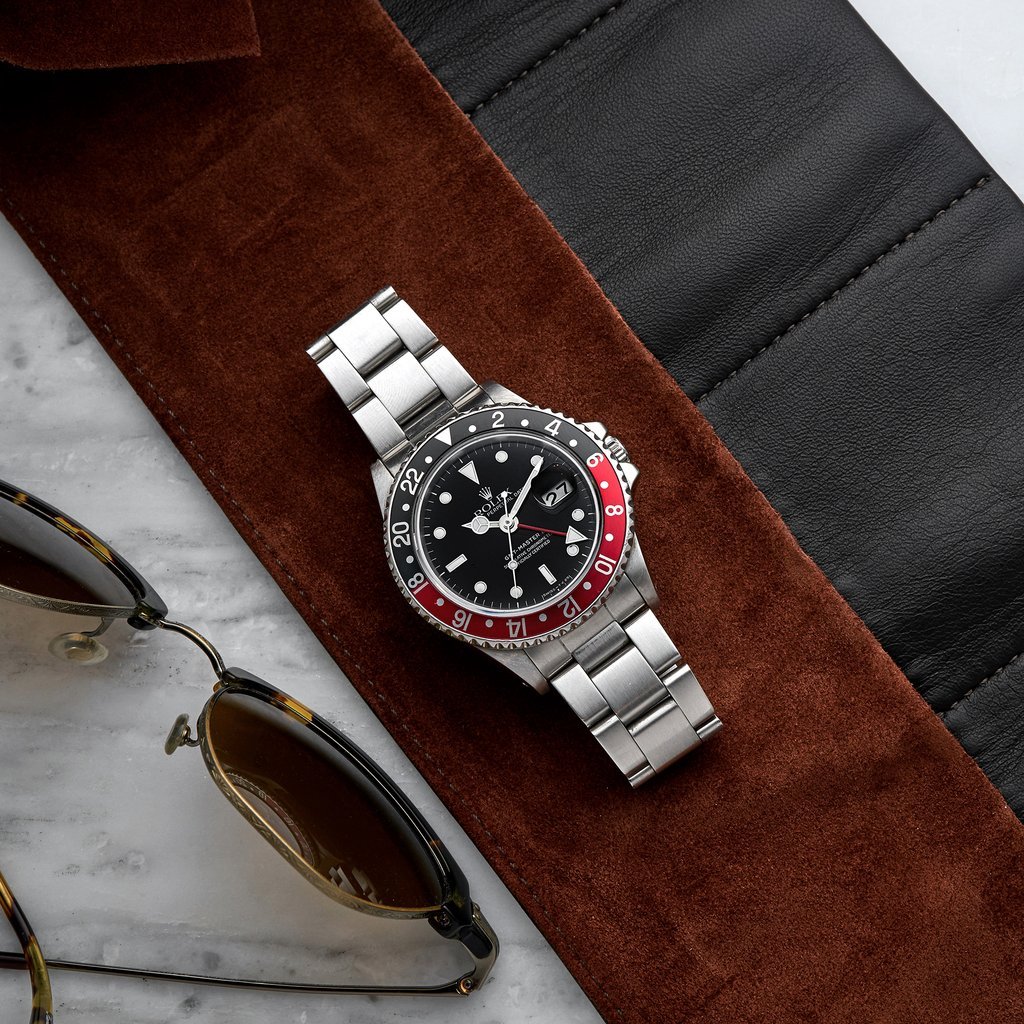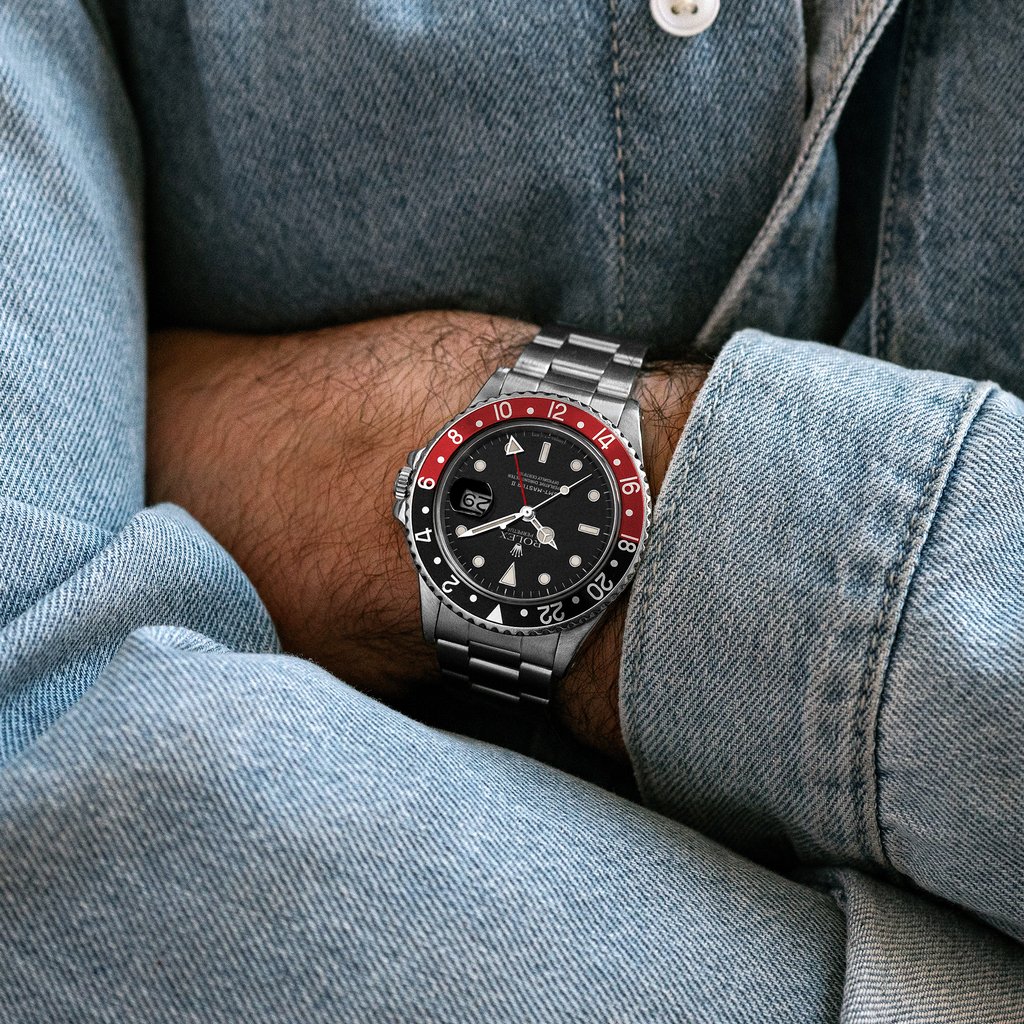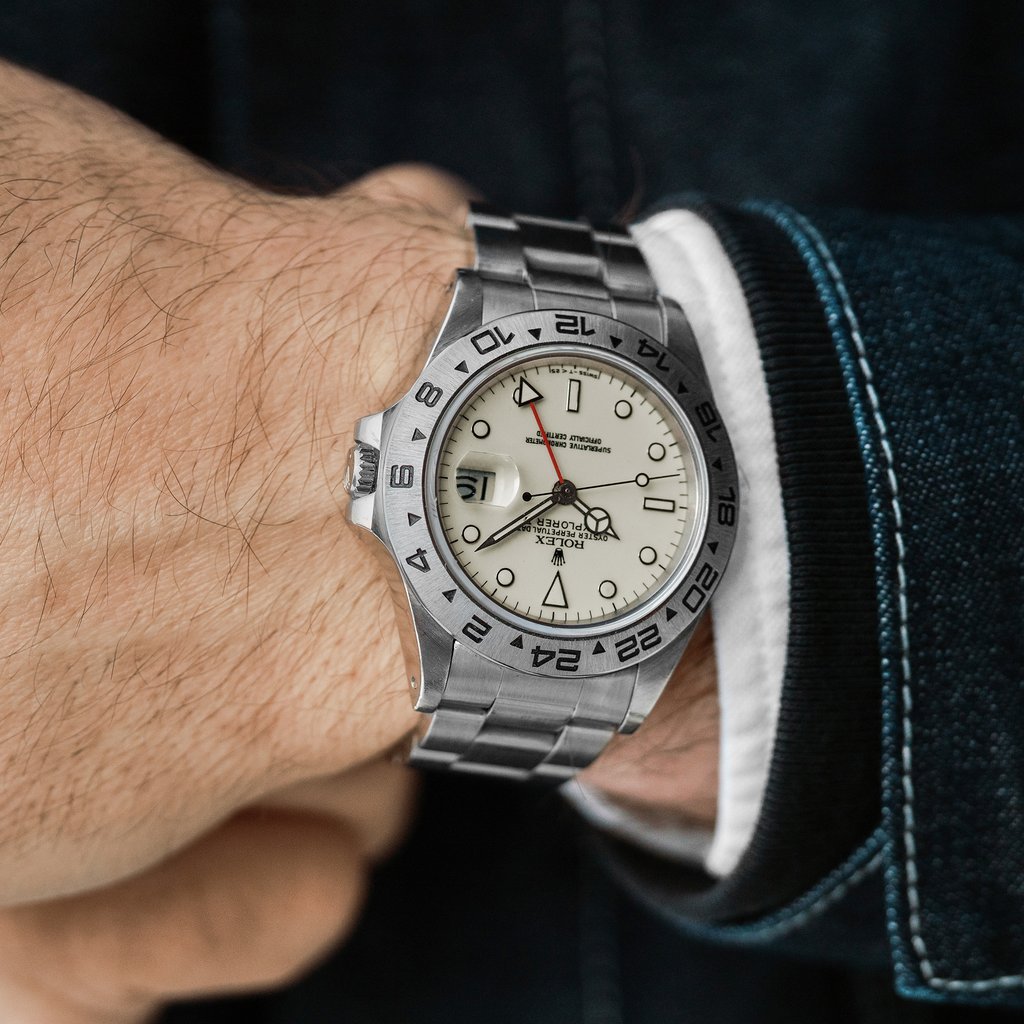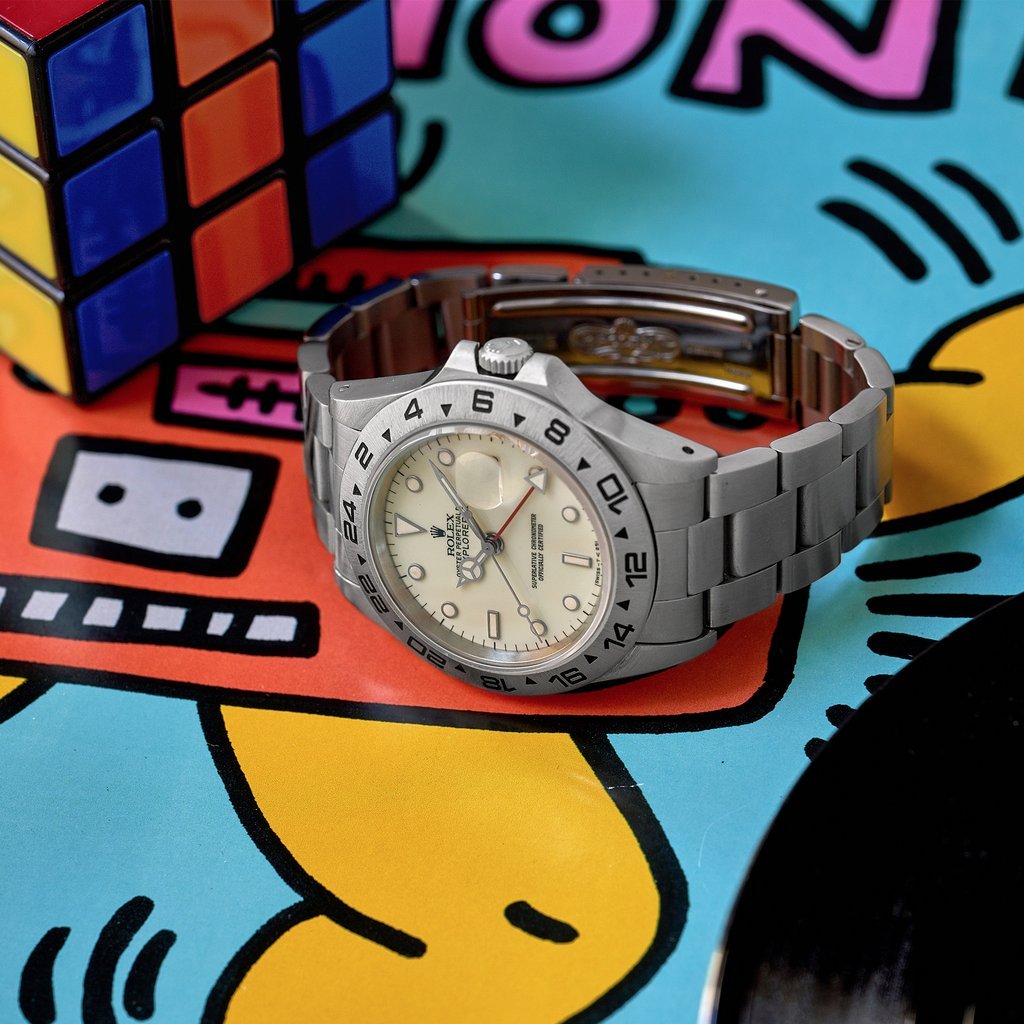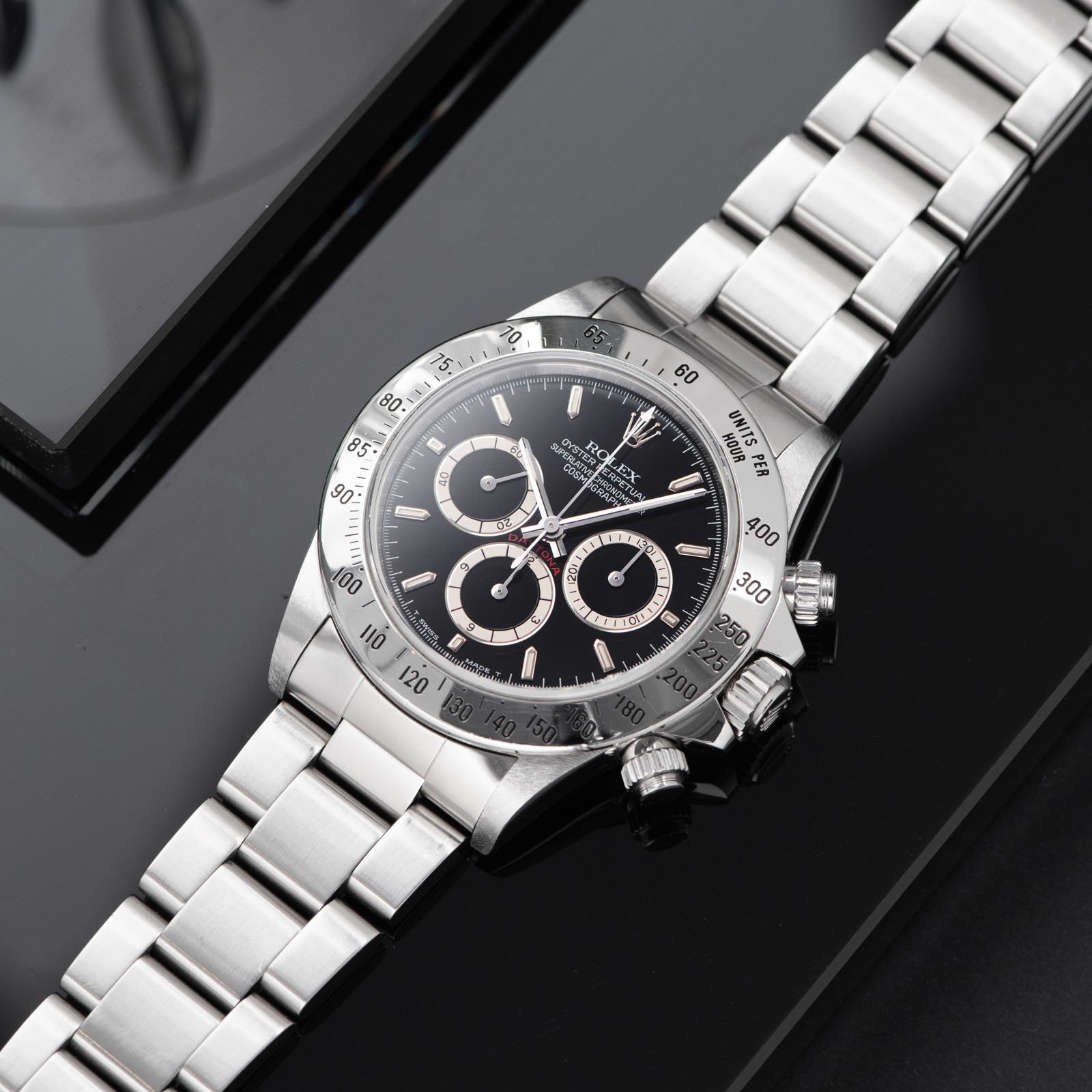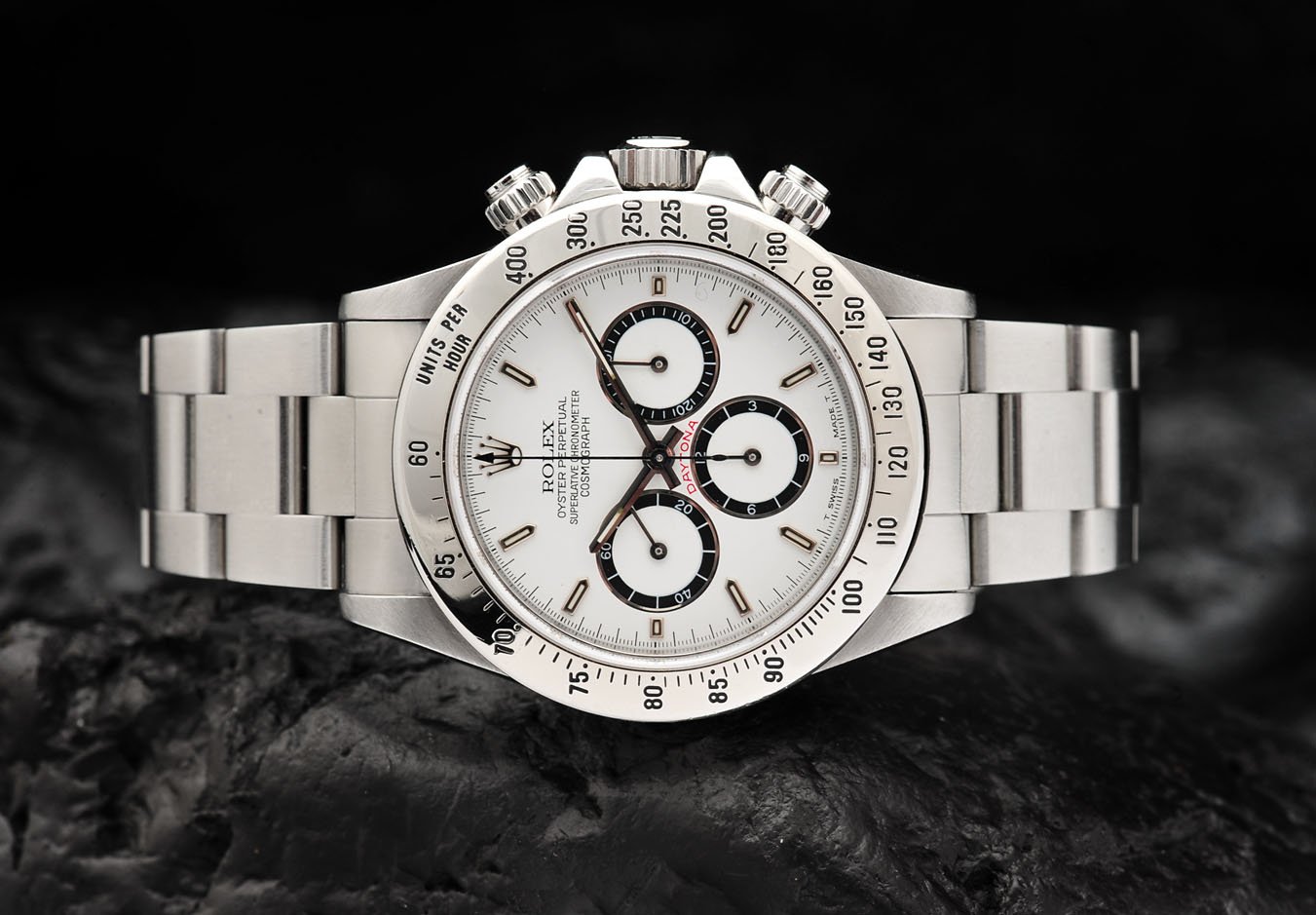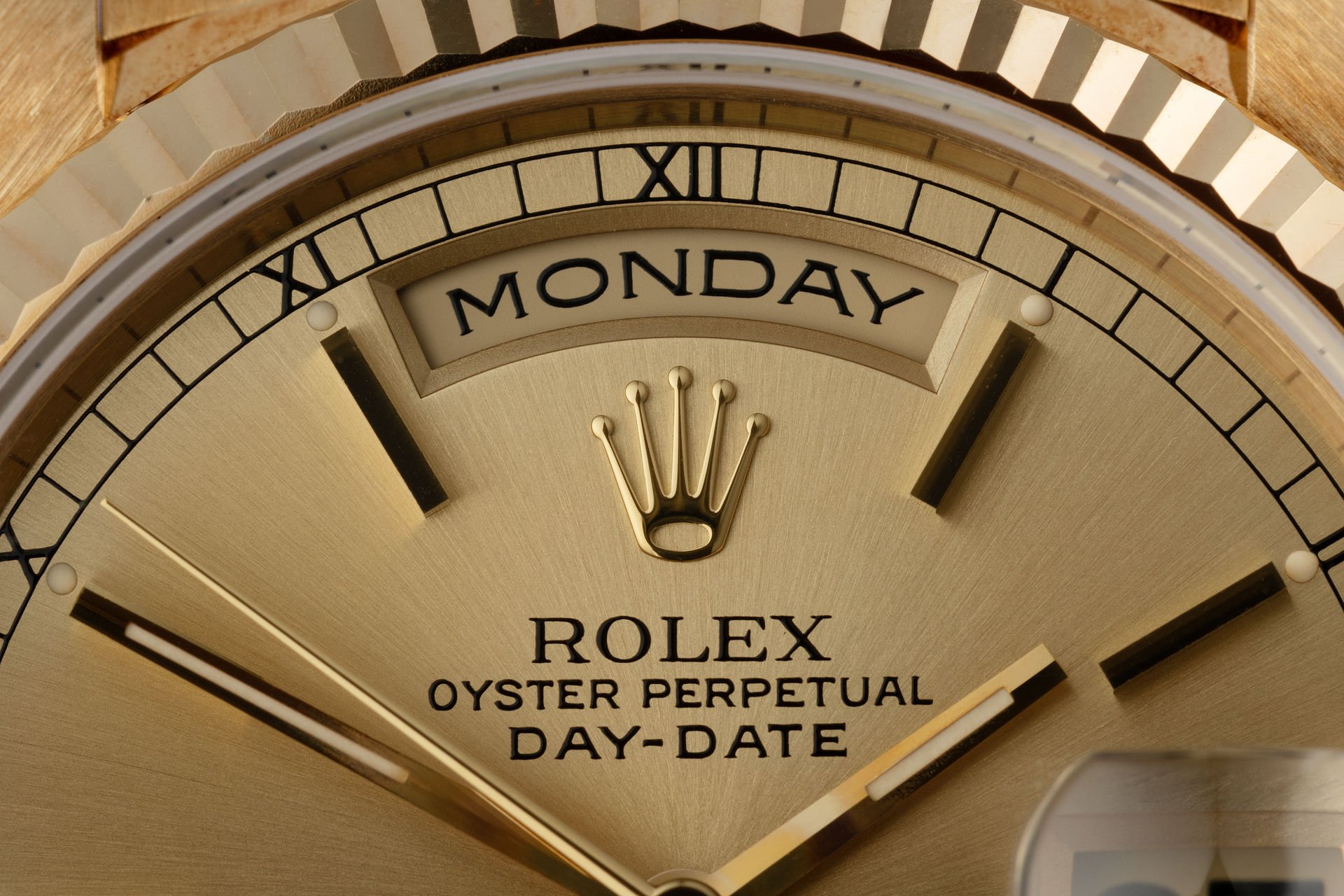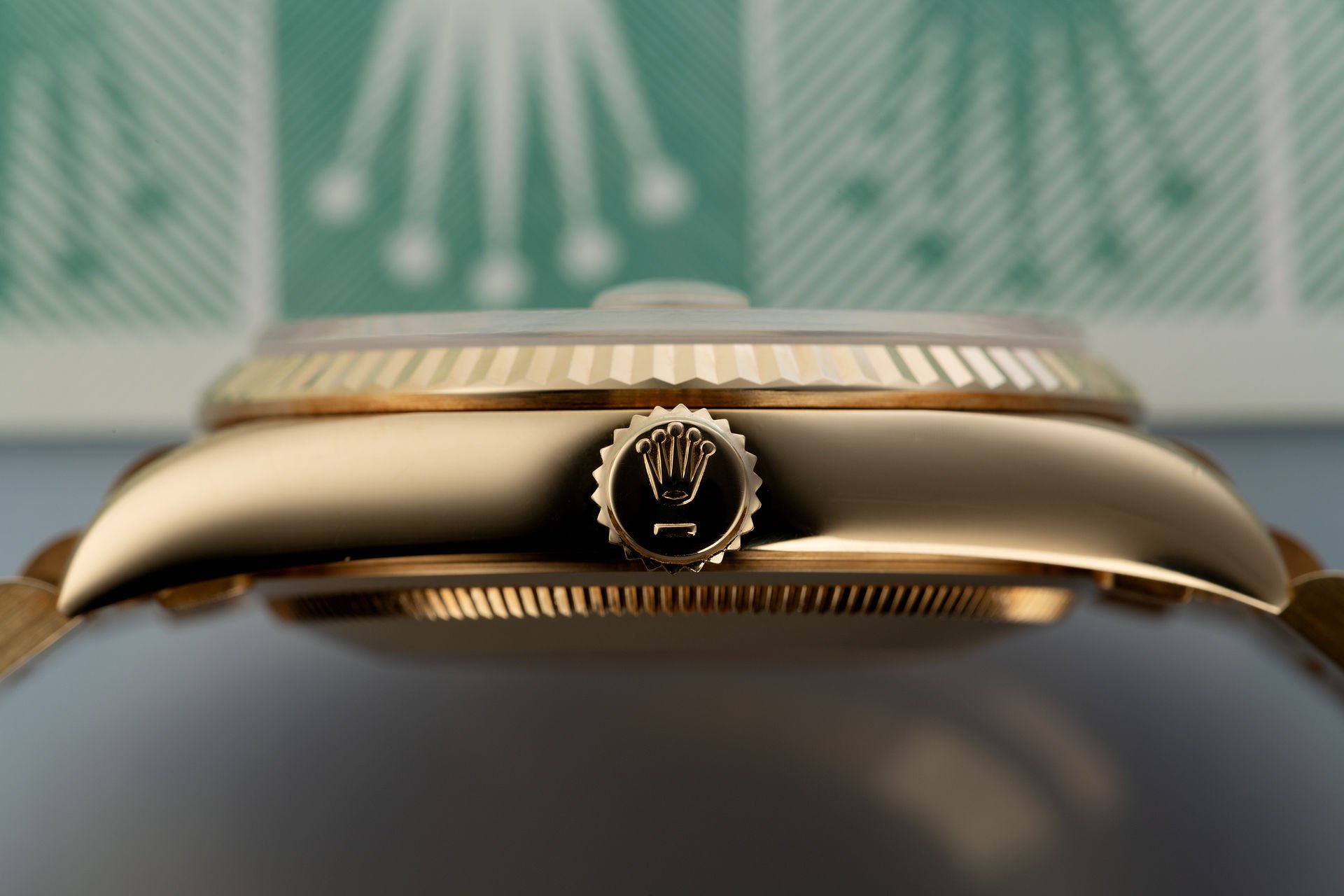Buying Guide: The Best Rolex Watches From The 1980s
We like to talk about vintage watches a lot within the Fratello team. While the daily routine is largely focused on the most recent developments in the world of watches, the most fun for many of us lies in the world of vintage watches. It’s a world full of history, remarkable watches, incredible stories, and quirky details. It inspired us to come up with a series of articles focusing on the best watches per decade from a select group of brands. Some of them priceless, some of them still affordable. In this installment, we will take a look at the best Rolex watches from the 1980s.
While the 1970s marked a time of tremendous change in the watch industry, the 1980s showed the effects of that change. When Seiko started the quartz revolution, most Swiss brands never predicted the enormous long-term effects it would have on the industry. It’s also why a lot of Swiss brands ended up in trouble with often disastrous results. In the 1980s, quartz was king, and you will see that reflected in some of the picks in the upcoming weeks. But some brands also stuck to their ways and led the way in the resurrection of mechanical watches in the late 1980s.
When it comes to style and design, the eighties were a special time. Often perceived as a decade with a lack of style or an abundance of tacky style, the 1980s were often frowned upon for great style. But over time, we have seen an increasing appreciation for some of the characteristic watches from the 1980s. So once again, there is plenty to discover if you are looking for a nice vintage piece from the 1980s.
Rolex in the 1980s
One of the pivotal brands in the 1980s was, without a doubt, Rolex. The brand did in the eighties what they had been doing in the decades before: creating new versions of the iconic watches they created in the decades before. Big Rolex icons like the Day-Date, the Datejust, and the Submariner received major technical updates and less revolutionary design updates. However, for some models, Rolex decided to update the design completely, as we will find out.
In the mid-1980s, Rolex was also one of the leading brands in the revival of the watch industry. A renewed interest in mechanical watches was kickstarted in Italy with love for the aviator look that included classical mechanical chronographs. But it wasn’t just a focus on the vintage Rolex Daytona, and Breitling Navitimer watches from the 1960s and ’70s. Italians also bought new watches, and slowly, the interest in mechanical watches showed a boost in sales for Rolex and several other big brands.
Additionally, the 1980s is also when mechanical watches transformed into a true luxury product. Before the quartz revolution, a mechanical watch was the only wristwatch you could buy. But with quartz watches came a cheaper mass-produced option. As a result, mechanical watches established themselves as the deliberate choice to buy a luxury watch from a more expensive brand. Watches that focus on their rich history and craftsmanship rather than quick comfort and convenience. It made Rolex into one of the leading luxury brands globally, a position it still firmly holds today. So let’s find out what some of their best watches were in the 1980s.
The entry-point — Rolex Datejust ref. 16233
Let’s kick this list off with a proper statement from the 1980s. I know the combination of stainless steel and gold is not necessarily everyone’s favorite. But thinking of the 1980s, the gold and steel Datejust is the proper way to go. To be more exact, it needs to be a bi-color Rolex Datejust with a fluted bezel, gold/champagne dial, and Jubilee bracelet. You can’t beat that look. If I were to buy a Datejust, this would be one of my two serious options next to a steel version with a fluted bezel and a silver dial. While the latter is a timeless classic, I love watches that tell an explicit story of the time they were released in. That’s why I would probably go for the Datejust ref.16233 in steel and gold.
Rolex released the Datejust ref. 16233 in 1988, and it saw several significant updates compared to its predecessor. The first is that the ref. 16233 came with a sapphire crystal compared to the acrylic crystal that was used before. Additionally, the new ref. 162xx series that the watch was part of was equipped with the now legendary Rolex Caliber 3135. The previous generation ref. 160xx series was equipped with the Rolex Caliber 3035. Rolex introduced the Caliber 3135 in 1988 after using the Caliber 3035 for 11 years.
Incredible style that is affordable
The biggest difference between the two is that the new movement saw an increased accuracy, with all of the Datejust models being COSC certified. Additionally, the power reserve increased from 42 hours to 50 hours. Rolex also improved the construction of the movement with a parachrom hairspring, a Breguet Overcoil, and KIF shock protection. The result was a movement that was one of the most reliable Rolex movements ever produced that provided great accuracy and incredible durability.
When it comes to wearing the Datejust, the Jubilee bracelet is an absolute must. It provides incredible style with its execution with its combination of steel and hollowed gold links. On top of that, it is simply one of the most comfortable bracelets out ever produced. It’s light, looks great, and perfectly balances out the 36mm watch. Not only is the Rolex Datejust ref. 16233 a must-buy if you love a bit of 80s style in your life. It’s also a great option because it’s one of those Rolex models that hasn’t become unaffordable. Prices for a Datejust ref. 16233 are roughly between 5K – 6K. For that money, there is no watch from the 1980s that provides more style.
My choice — Rolex Sea-Dweller ref. 16600
My pick for this list was easy. The Rolex Sea-Dweller ref. 16600 is — for now — the only Rolex I would like to add to my collection. I prefer it over the Submariner because its thicker case is better suited for my wrist. Additionally, it doesn’t feature the Rolex cyclops, something I also prefer. I had the pleasure of wearing the Sea-Dweller for longer periods of time some 15 years ago, and I fell in love with it. The ref. 16600 was introduced in 1988 and replaced the “Triple Six” Sea-Dweller ref. 16660. But even 30 years later, this is still very much a modern watch.
At first glance, both consecutive references have a lot in common aesthetically. And there aren’t any big changes in the design. What was a big change is that the new ref. 16600 was the first Rolex to feature solid end links. The Sea-Dweller ref. 16600 stayed in production until 2008, and it’s best to divide them into two different groups or generations as you will. Up until 1998, Rolex used tritium on the dial and hands for lume. From 1998 on, it was replaced with SuperLumiNova. If you would like to know whether a ref. 16600 has Tritium on the dial; it’s ready to recognize by “SWISS-T < 25” wording below the 6 o’clock marker. For the SuperLumiNova versions that came after, Rolex used “SWISS” and later “SWISS MADE.”
The new Caliber 3135
Inside the 40mm case, Rolex used the legendary automatic Caliber 3135. This movement has become one of the brand’s most well-known movements. It operates at 28,800vph and has a power reserve of 48 hours. As most of you will know, Rolex used the movement for almost 30 years before it was eventually replaced by Caliber 3235 in 2015. This workhorse movement is perfect if you would like to wear the Sea-Dweller ref. 16600 as your daily watch for years to come. Something I plan on doing when I get my hands on one.
Obviously, the introduction of the Sea-Dweller goes hand in hand with the introduction of the Submariner Date ref. 16610. As mentioned, I prefer the Sea-Dweller, and that is why I featured it on this list. Because there are many other great releases from the 1980s to discuss, the Sea-Dweller represents both famous Rolex diving watches in this list. Finding a Sea-Dweller ref. 16600 is not that difficult. The biggest choice you will have to make is whether you prefer Tritium or SuperLumiNova. Prices for the ref 16600 start at roughly 8K and move up to 12k depending on the condition and delivery of box and papers with the watch. Considering the amazing watch, you will get for the money, this might be one of the best Rolex sports watches that your money can buy. I know it is mine for sure.
Money is no object #1 — Rolex GMT-Master II ref. 16760
Let’s stay with Rolex sports watches and focus on the first generation Rolex GMT Master II for our next pick. The GMT-Master II ref. 16760 was introduced in 1983 and is also known as the “The Fat Lady.” Some people also refer to the watch as the “Sophia Loren.” Many people reading this will probably know why the watch was given the “Fat Lady” nickname. Rolex decided to update the trusted GMT-Master and use the Caliber 3085 that was used for the Explorer II also for the new GMT-Master II. As a result, the GMT-Master featured a thicker case with thicker crown guards. On top of that, the watch was equipped with a sapphire crystal.
However, the most eye-catching change compared to the GMT-Master is the introduction of the so-called “Coke” bezel. The aluminum bezel insert was executed red and black with black for the evening hours and red for daylight. When I first got into watches some two decades ago, I always preferred the black and red bezel of the GMT-Master II over the classic blue and red “Pepsi” bezel. That color combo matched the black dial better, and that visual balance looked better, in my opinion. Twenty years on, and I have become a purist. I’m just kidding, but my love for the iconic “Pepsi” bezel has grown tremendously, and it would be my pick. More specifically, a vintage ref. 1675 is my favorite out of all the GMT-Master references.
A short-lived reference
Having said that, the GMT-Master II showed that the updated design and case dimensions make for a great update to the classic GMT-Master. With the added functionality of the independently adjustable GMT hand, the first-generation GMT-Master II is still a great daily wearer. It’s hard to believe that the first ref. 16760 watches were released almost four decades ago. It definitely makes the GMT-Master II a vintage Rolex, but one that still feels very modern. The “Fat Lady” was only produced until 1989, when Rolex updated the GMT-Master II with a new movement. As a result of the slimmer movement, Rolex could also use a slimmer case for the ref. 16710 that succeeded the first GMT-Master II.
The good thing about the GMT-Master II ref. 16760 is fairly easy to find, and they are not the most expensive vintage Rolex models. Depending on the condition, you can find one between roughly 9K – 16K depending on the condition and delivery with box and papers. It explains why there is such a big margin between the lower-priced models and the more expensive options. The 9K price is amongst the more affordable Rolex sports models, where 16K is obviously a substantial chunk of extra cash; for that money, you have options. But it doesn’t get you a watch nicknamed “Sophia Loren.”
Money is no object #2 — Rolex Explorer II ref. 16550 “Cream” dial
Welcome to the wonderful world of defects. Rolex collectors love to get their hands on watches with discolored dials and bezels or rare printing errors on the dial. One of the most famous is a dial issue with the Rolex Explorer II ref.16550. But let’s start at the beginning. One of my favorite vintage Rolex watches is the Explorer II ref 1655 that was my choice for the best Rolex watches of the 1970s. I love the design of the ref. 1655 as it’s quirky and iconic at the same time. Rolex produced the Explorer II ref. 1655 from 1971 until 1985 when it was replaced with the new Explorer II ref. 16550. Rolex produced this reference only for a short three years before it was replaced. But it was the reference that introduced the Explorer II as we know it today.
This new Explorer II was essentially a completely new watch. First off, Rolex decided to increase the case size from 38mm to 40mm and equip it with a sapphire crystal. Next to that, the dial and bezel were completely redesigned. The dial was simplified to make it easier to read. Additionally, the new design was more in line with the dials of the other Rolex sports models featuring Mercedes-style hands and a combination of triangular, round, and rectangular lume-filled white gold hour markers. The 24-hour scale on the bezel featured bigger numerals for the even hours, and the odd hours were indicated with inverted triangles. Another change is the thinner and longer red GMT hand.
Not white but cream
Inside the 40mm steel case, Rolex equipped the watch with the Caliber 3085. The movement operates at 28,800vph and has a power reserve of 48 hours. It’s a GMT movement was the first of its kind as it is the first-ever caliber with an independently adjustable GMT hand. As a result, the watch became a lot more appealing to a larger audience, especially travelers. The last update was that the Explorer II came with the choice of a white or black dial. The most remarkable detail about the dials, however, is an unintended one. For the early version of the white dial “Polar” version Rolex used a white paint that changed color over time to a beautiful cream color.
It’s one of these defects that collectors jump on, and because of it, they have become heavily sought-after with accompanying prices. While I’m usually not susceptible to these kinds of defects, this is the one exception. I love the look of the cream color because it makes the watch look stunning. Additionally, early versions of the black dial ref 16550 featured black paint with a defect causing it to crack and create the famous “Spider” dial. As you would have guessed, getting your hands on one is expensive as these defects add value. You can find an Explorer II ref. 16550 starting at roughly 9K. But if you are on the lookout for a version with a discolored cream dial, expect to pay anywhere between 18K – 30K. Defects don’t come cheap in the world of Rolex.
Money is no object #3 — Rolex Cosmograph Daytona ref. 16520
The Rolex Cosmograph Daytona ref. 16520 is one of the most important Daytona references ever produced. The watch is commonly known to most watch enthusiasts as the “Zenith Daytona.” Rolex halted production of the legendary manual-winding Daytona’s in the late eighties. The last references produced were the legendary ref. 6263 and ref 6265 that marked the end of an era. When Rolex introduced the new Daytona ref. 16520 in 1988, the brand essentially introduced a completely new watch.
The new Daytona was the first automatic Daytona that featured a completely new bigger 39mm case, an updated design for the bezel and the dial, a new bracelet, and a new movement. Along with the stainless steel ref. 16520, Rolex also introduced the automatic Daytona ref. 16523 in two-tone steel and gold and ref. 16528 in yellow gold. But the one with the most impact was, without a doubt, the steel version. It came with a black dial and a white dial with an updated sub-dial design. A hint of color came in the form of the red Daytona name placed just above the sub-dial placed at 6 o’clock. This new aesthetic was essentially the first Daytona as we still know it today.
The modified Zenith movement
The most remarkable change was, without a doubt, the Caliber 4030 that powered the new Daytona. Not just because it was an automatic chronograph movement, but Rolex sourced the movements externally from Zenith. As most enthusiasts will know, Rolex played a big part in the revival of the famous El Primero movement by placing the order for their Daytona. But Rolex modified the standard El Primero movement to fit the brand’s performance standards. First off, the operation frequency was reduced from 36,600vph to 28,800vph to minimize wear and tear. Secondly, the date function was removed. And thirdly, the escapement system was modified with a sprung Glucydur balance wheel, and the original flat hairspring was removed and replaced by a balance spring with Breguet overcoil.
During its production run until 2000, Rolex produced several dial variations and 3 different bezel variations. You can read all about the different versions in an article Giorgia Mondani wrote for Fratello about the Daytona ref. 16520. It’s an interesting read as it dives deep into all the intricate differences between the different versions. The most interesting are, without a doubt, the scarce “Porcelain dial” and the “Patrizzi dial.” But it will come as no surprise that they are also the most expensive. Prices for the “Zenith Daytona” start at roughly 20K and move up to astronomical prices well above 125K for the rare “Porcelain dial” versions. It makes the most affordable versions of the ref. 16520 amongst the most affordable Daytona’s currently available.
Final Thoughts
Because it is Rolex, there are always more interesting watches that could have been on this list. One watch I want to point out specifically is the Rolex Day-Date ref. 18238. It is an updated version of the icon that features the double quickest functionality and goes for relatively good prices. If ever you needed an ’80s statement, this is it!
It is essential to know your history and be aware of all the details of the vintage model you would like to add to your collection when it comes to Rolex. Many of the original parts have been replaced when vintage Rolexes were serviced. Your chances of finding a model with replaced hands, dials, and crystals are very real. On top of that, there are plenty of fake and Franken pieces that could spoil the fun.
So read about vintage Rolex pieces online and get to know all the little details, variations, and remarkable stories. There are also plenty of books like the famous Rolex books by Mondani that are a great reference for your research. And contacting a vintage expert to make sure you will not be disappointed will also help out greatly. It’s a great way to learn more about a watch and get to know some amazing people along the way.
Next week, we will take a look at some of the best Omega watches from the 1980s, so keep your eye out for that. In the meantime, let us know in the comment section what your favorite Rolex from the 1980s is.

